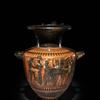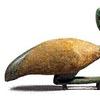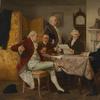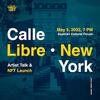UCLA Purchase of $92.5M Property Allows Hammer Museum to Expand
- LOS ANGELES, California
- /
- October 27, 2015
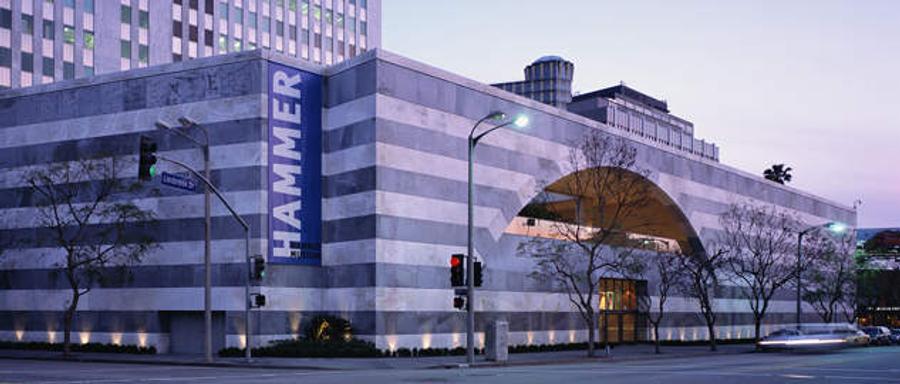
The Hammer Museum announced Monday that it has secured a 99-year lease for the Los Angeles museum including more than 40,000 square feet of additional gallery and support space.
The museum has entered into a rent-free, 99-year lease that includes continued occupation of the museum building and expansion into the first five floors of the adjoining office tower. Concurrently, UCLA has purchased the $92.5 million property that includes the museum building and office tower, subject to the museum’s lease, and will occupy floors six through sixteen of the office tower.
The museum also received a $25 million cash payment to be invested in the museum’s quasi-endowment, which will help further the museum’s transformation in conjunction with the launch of a capital campaign in the near future.
“There could not be a more ideal situation than to share our building with UCLA, with whom we have such a long affiliation. We believe this is the best possible outcome for the museum; our missions are aligned, we have a strong working relationship, and share a long-term commitment to the students and community,” said Hammer Museum Director Ann Philbin. “We are excited about our future plans to expand, improve, and transform our space.”
The additional square footage will allow the Hammer Museum to upgrade and expand existing gallery space, create dedicated galleries for the Hammer Contemporary Collection and works on paper, and build a new study center for the UCLA Grunwald Center Collection. Additional spaces will include a classroom and much-needed support spaces.
The Hammer Museum building was originally designed by Edward Larrabee Barnes, and has over the last decade been enhanced and renovated by architect Michael Maltzan who designed the Billy Wilder Theater, the Museum Café, and most recently the John V. Tunney Bridge. The office tower building was designed by architect Claud Beelman, a leader in the Art Deco and Modern movements on the West Coast in the middle of the last century.




